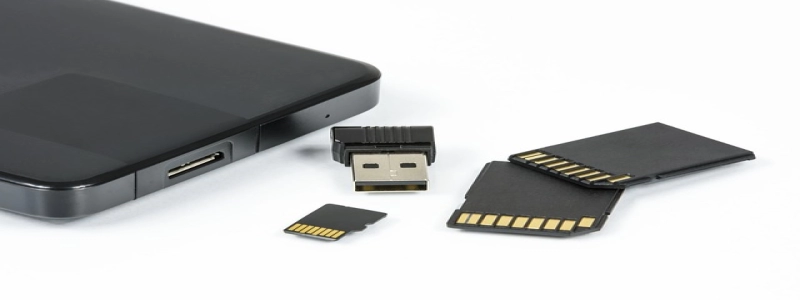SFP modules, also known as small form-factor pluggable modules, are optical transceivers widely used in networking applications. They provide a convenient and flexible solution for connecting switches, routers, and other network devices with fiber optic cables.
1. Introduction to SFP Modules
SFP modules are hot-swappable and compact in size, making them suitable for high-density and space-limited environments. They are designed to support various network speeds and protocols, including Ethernet, Fibre Channel, and SONET/SDH. With their small form factor, SFP modules save valuable space in data centers and network cabinets.
2. Types of SFP Modules
SFP modules come in different types and variations to meet the specific requirements of different network deployments. These include:
2.1 Single-mode SFP Modules
Single-mode SFP modules are designed for long-distance communication over single-mode fiber optic cables. They are commonly used in applications where data needs to be transmitted over long distances, such as in telecommunications and enterprise networks.
2.2 Multi-mode SFP Modules
Multi-mode SFP modules are used for short-range communication within a local area network (LAN) or a data center. They are ideal for applications where lower-cost fiber optic cables are used for transmitting data over shorter distances.
2.3 BiDi SFP Modules
BiDi (Bidirectional) SFP modules are designed to transmit and receive data over a single fiber optic cable. They are used in situations where there is a limited number of available fibers and provide a cost-effective solution for point-to-point communication.
3. Features and Benefits of SFP Modules
SFP modules offer several advantages in network deployments:
3.1 Flexibility
SFP modules provide flexibility in network design and scalability. They can be easily replaced or upgraded without interrupting network operations, allowing for future-proofing and easy adaptation to changing network requirements.
3.2 Cost-effectiveness
SFP modules are cost-effective compared to other optical transceiver options. They allow for a modular approach to network design, allowing organizations to only purchase and install the necessary modules for their specific needs.
3.3 Compatibility
SFP modules are compatible with various networking equipment, including switches, routers, and media converters. They can be used in a wide range of devices from different vendors, ensuring interoperability and ease of integration.
4. How to Choose the Right SFP Module
When selecting an SFP module, it is essential to consider the following factors:
4.1 Transmission Distance
Determine the required transmission distance for your application, whether it is short-range, long-range, or point-to-point communication. Choose the appropriate SFP module that supports your desired distance.
4.2 Fiber Type
Identify the type of fiber optic cable you are using—single-mode or multi-mode. Ensure that the SFP module is compatible with the fiber type to achieve optimal performance.
4.3 Network Speed
Confirm the network speed required for your application. SFP modules support various speeds, such as 1Gbps, 10Gbps, and higher. Choose the SFP module that aligns with your network speed requirements.
5. Phần kết luận
SFP modules are versatile and efficient optical transceivers used in networking environments. They offer flexibility, cost-effectiveness, and compatibility, making them a popular choice for connecting network devices with fiber optic cables. By understanding the different types and considering relevant factors, organizations can select the right SFP module for their specific networking needs.








